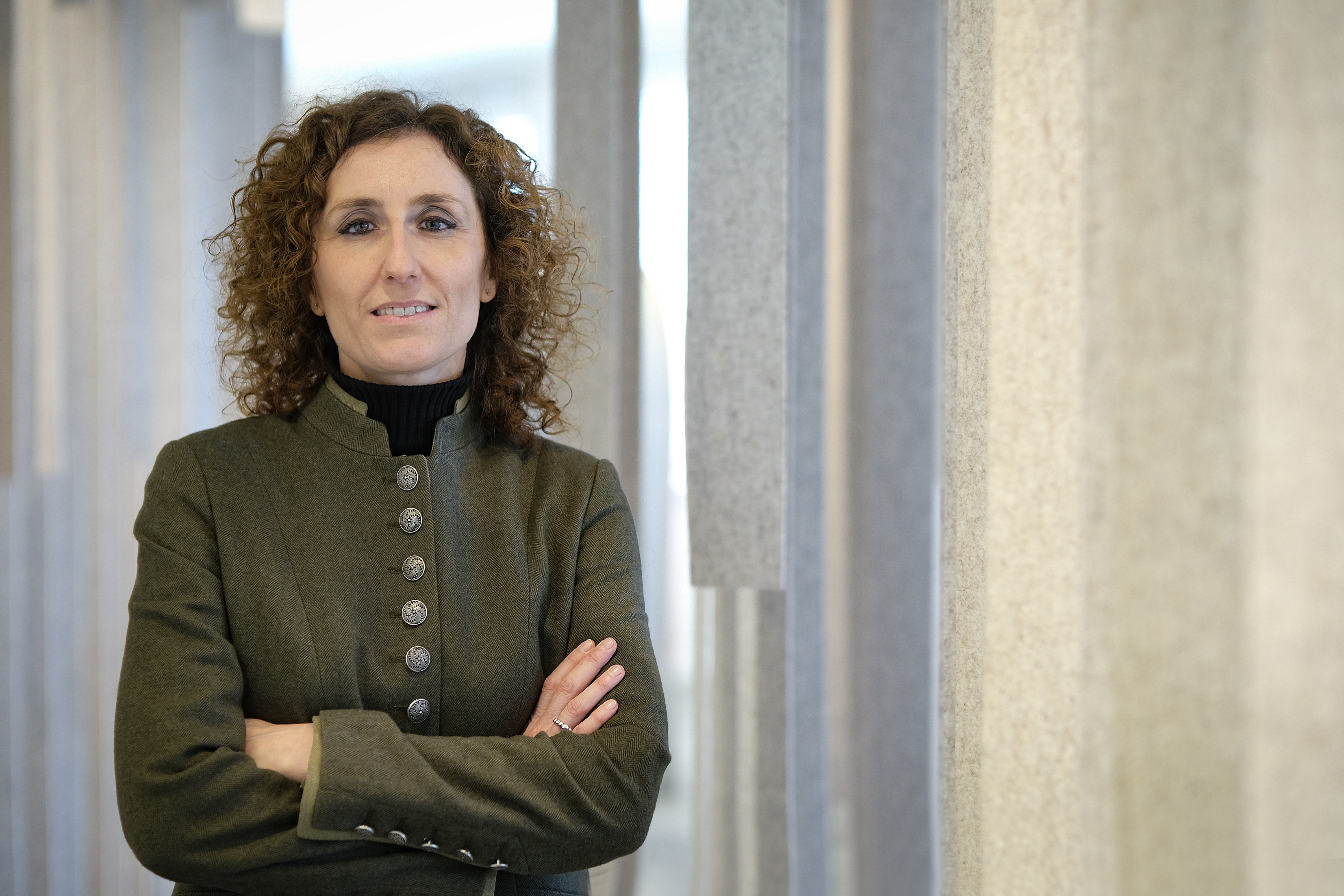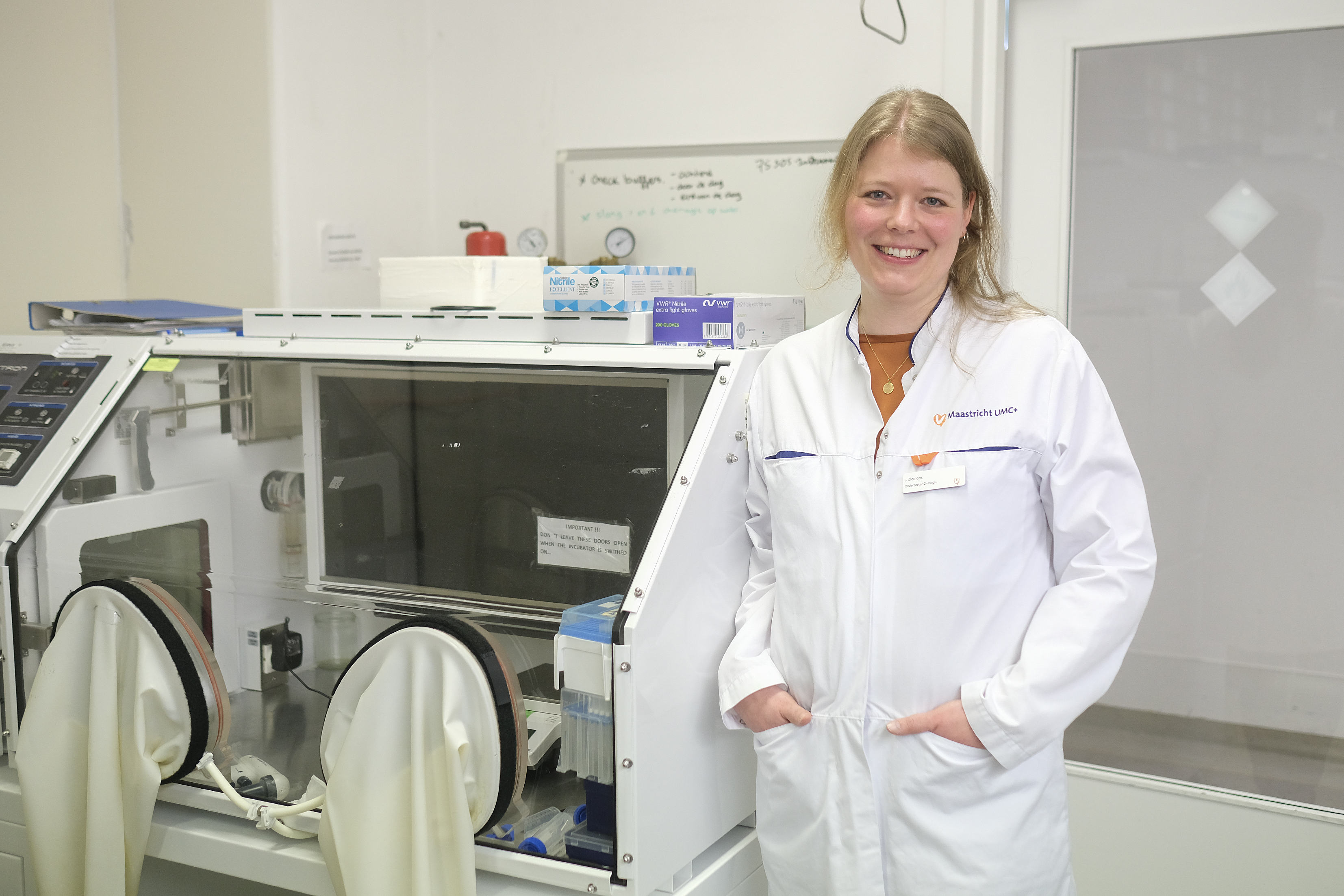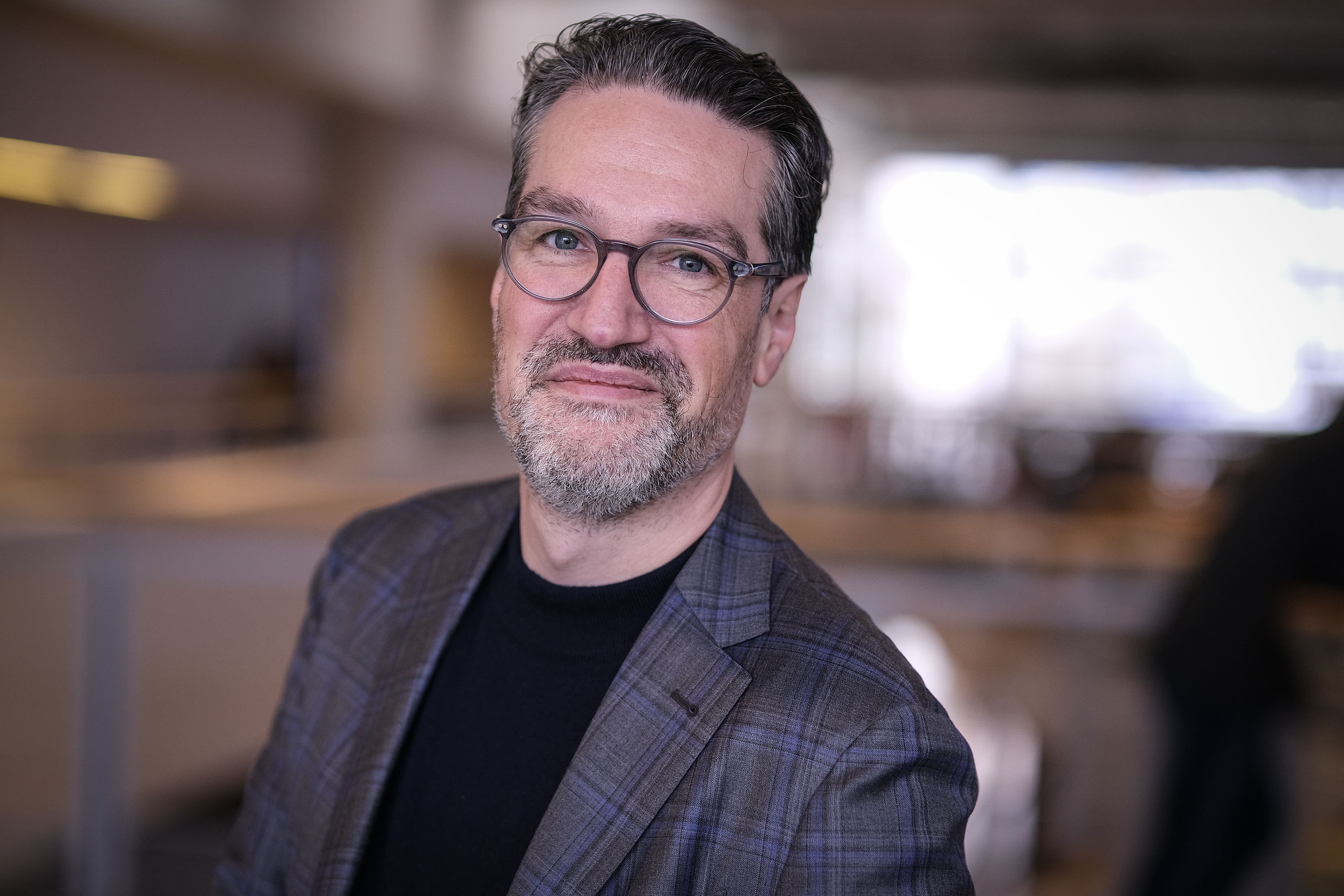Tears of scientific happiness
Marlies Gijs is doing pioneering work in the booming field of tear-fluid research. The analysis of tear fluid is a promising alternative to more invasive examination methods, which can be both painful and risky. And it is proving its worth in neurological research, with the tears of Alzheimer’s patients playing a leading role. “Tears are all warm and fuzzy. They’re in songs, poetry, films. And as it turns out, they’re useful in biochemical analysis, including Alzheimer’s research.”
Crocodile tears
“There’s no such thing as crocodile tears,” Gijs laughs as she contemplates the question: is the act of crying and the associated shedding of tears exclusive to humans? “Animals do have tears, but they don’t cry like people. Although they have tear glands, we don’t know for sure whether they’re in touch with their emotions. What we know is that tear fluid, with the substances it contains, is gaining in importance in both diagnostic research and in predicting human diseases. We examine ‘basic’ tears, not tears of sadness or pleasure. Emotions belong to the scientific domain of psychology or the experiences of our daily lives.”
Tears are daily fare for Gijs. Not only as a biochemist, but also as a mother of three who regularly finds herself wiping her young children’s eyes with a handkerchief. “We don’t associate tears with other bodily fluids, like urine, which smells much worse. Tears are lovely. Ultimately, however, they’re just a form of excrement that protects our eye. Tears are made up of water, enzymes and proteins made by cells. They protect our eyes against external influences, such as viruses, and expel harmful substances. And they shield the cornea, the only part of the body not protected by skin. So we shouldn’t underestimate the importance of tears. They’re a mode of transport and a repellent in liquid form.”
Ophthalmology
The researcher, who lives in Dessel in northeast Belgium, was not destined to become a scientist. “We had a tree nursery at home. My two brothers joined the business, but I wasn’t all that into plants. I was the only one in my family interested in the medical world. When I was 19 I moved to Leuven to study pharmacy. The funny thing was that the first course I took there was on medicinal plants. My father and I went looking for those plants in the woods.”
“Over the years, I was increasingly drawn to biochemistry, especially cells and molecules. Eventually, I was ‘doctored’, as we say in Flanders, in 2015 in Liège. I did my PhD on cancer research, conducting research with laboratory animals. Then I applied for a postdoc in Maastricht and ended up in the Ophthalmology Department at the MUMC+. For a biochemist, the clinical picture is fairly irrelevant. We work at the molecular level; we want to know what happens in the cell. So all you need to know is how to do good research.”
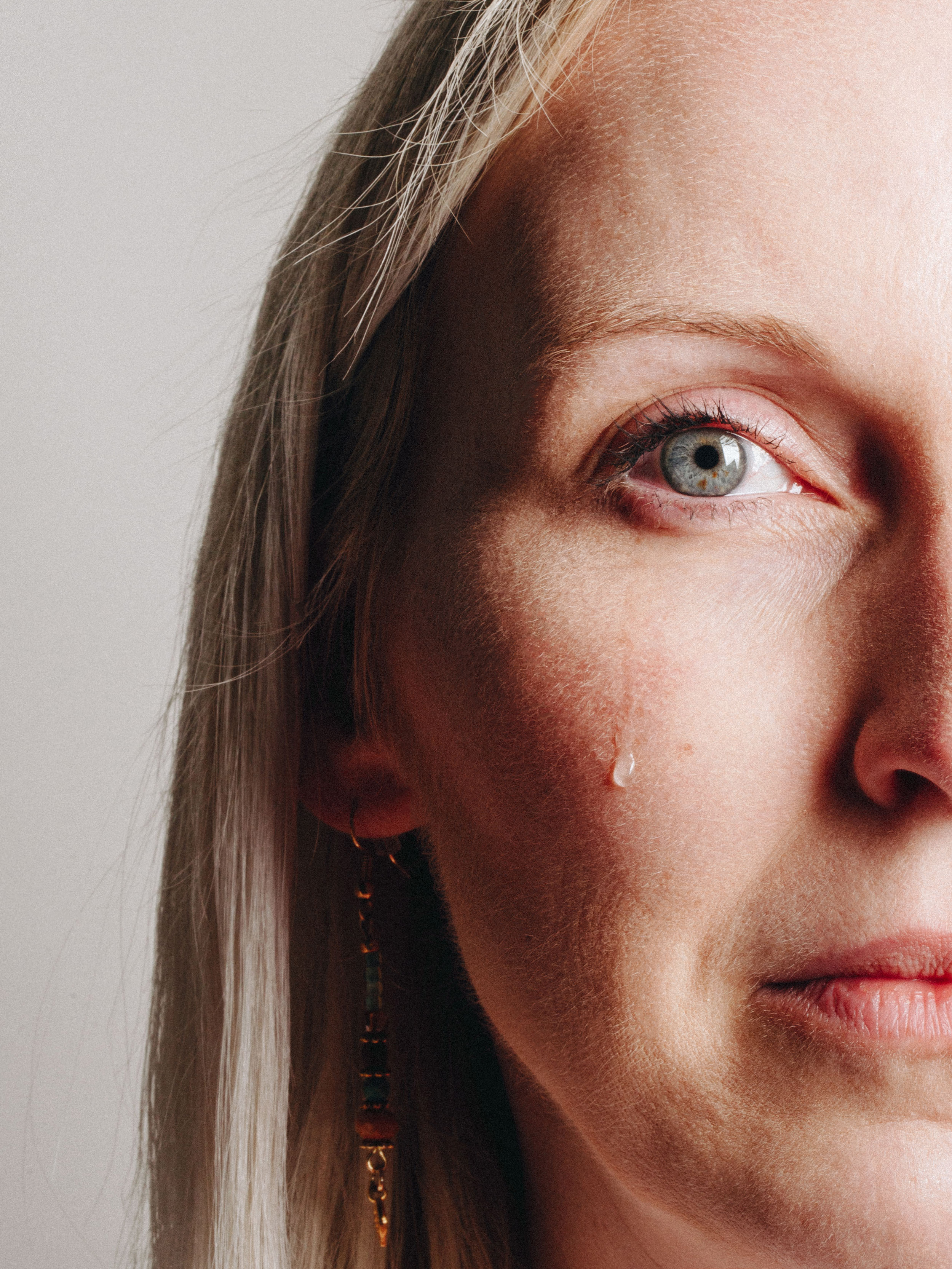
Marlies Gijs
Marlies Gijs, assistant professor at the University Eye Clinic Maastricht, holds a master’s in Biochemistry and Biotechnology from the University of Antwerp and a doctorate in Pharmaceutical and Biomedical Sciences from the University of Liège. Her postdoctoral research at the University Eye Clinic Maastricht included the development of a new drug-delivery device for the eye. In 2019, she was appointed assistant professor of Molecular Ophthalmology. Her research focuses on the fundamental and translational properties of tear fluid and the ocular surface.
Tear-fluid biomarkers
Gijs was already acquainted with tear fluid from her previous research, but in Maastricht she was given the chance to go big. “Research on tear-fluid biomarkers [substances that indicate a certain condition] wasn’t new, but it was rare. Thanks to modern techniques it’s now easier to make diagnoses from extremely small volumes of tear fluid. By comparison, you need much larger volumes of blood.”
Gijs’s research is not limited to ophthalmology. Tear-fluid research is also proving valuable in neuroscience. “I collected many tear samples from COVID patients, and saw straight away that the virus could also be detected there. So it’s clear that tear fluid has a broad range of uses. I have no doubt that it will see many more applications in the future. In neurological research, for example, it can replace cerebrospinal fluid, which is difficult to extract. Eyes are actually protrusions of the brain, so they can also tell us something about brain diseases. Our tear research has identified two substances, or biomarkers—amyloid and tau—that occur in Alzheimer’s and can normally only be identified via an epidural.” Gijs received an NWO Veni fellowship for this research in 2019.
Network
Tear fluid is not only easy to obtain and widely applicable, but will also allow future research on various diseases to be carried out more quickly and effectively. Commercial applications are conceivable, too, once diagnostic strips are on the market. These strips are comparable to a pregnancy test, and with just a drop of tear fluid will be able to provide a definitive answer about a certain therapy. The Tear Research Network, founded by Gijs, intends to conduct further research on these strips and their applications. “We work in an international field, which means we’ll continue to exchange knowledge. The future prospects of this research are good.” Gijs laughs. “It’s enough to bring tears to your eyes, but tears of happiness.”
Text: Ludo Diels
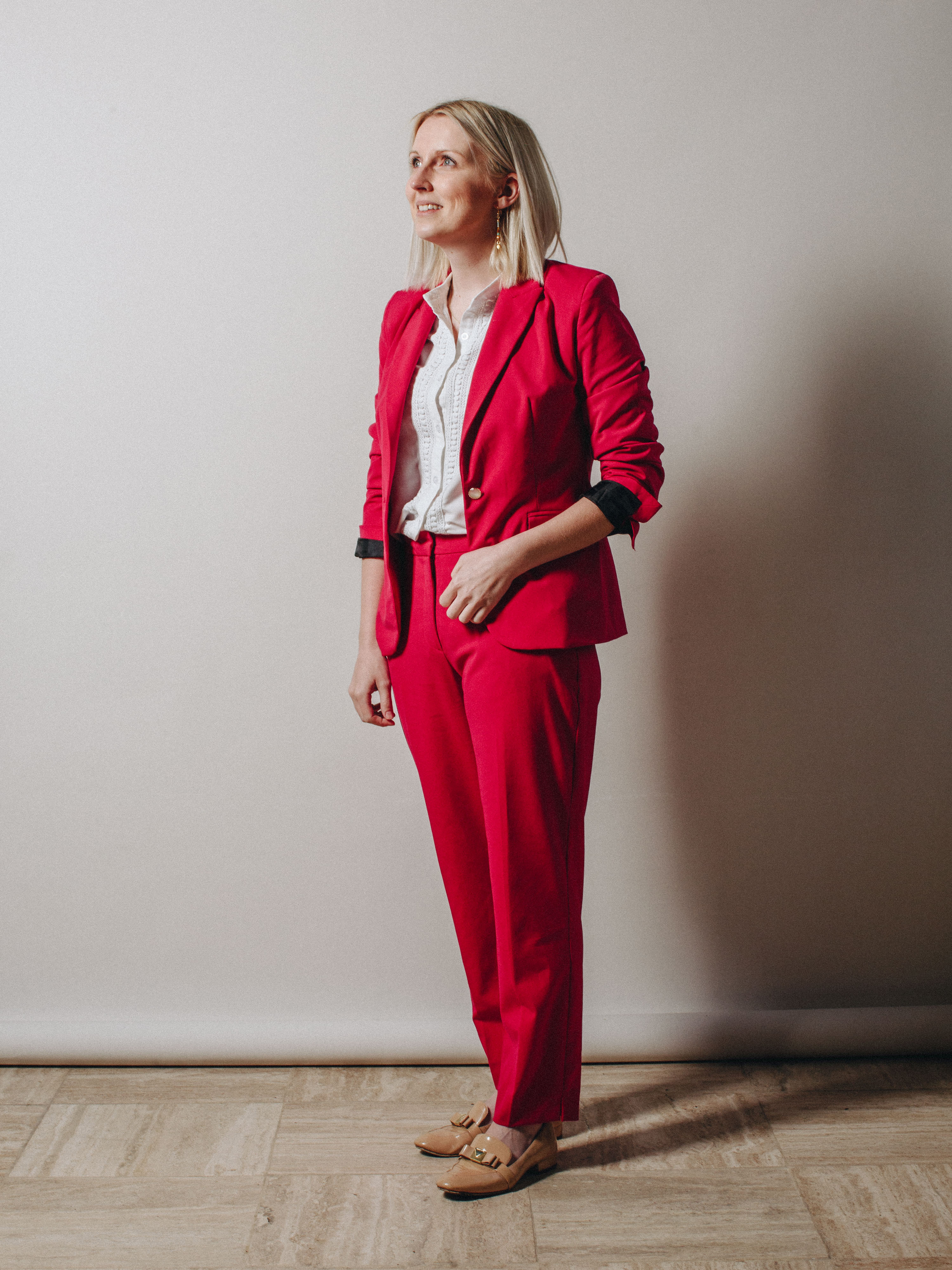
Also read
-
Berta Cillero Pastor is an Associate Professor and group leader at the MERLN Institute for Technology-Inspired Regenerative Medicine. Her research is centred around mass spectrometry (imaging) to gain insights into molecules in cells and tissues for biomedical research. With this technique, changes...
-
On February 8, 2024, Ziemons received her PhD from Maastricht University for the dissertation “The role of the gut microbiota in human cancer, the power of an equilibrium". This dissertation is the result of Ziemons' research on the role of the microbiota in cancer – colorectal cancer but also...
-
Last November, Rory Koenen delivered his inaugural lecture following his appointment as a professor in 2023 at the research institute CARIM. The chair he holds is "Biochemistry of Vascular Inflammation and Thrombosis," and Rory's research can be best described as the quest to understand the role of...
